Preface ix
Acknowledgments xi
About the Companion Website xiii
1 Professional Conduct and Foundation Skills 1
Determining Your Role in a Veterinary Practice 1
Meeting Employer Expectations – 10 Behaviors to Master 4
Professional Appearance 8
Effective Communication Skills Within the Veterinary Practice 10
Verbal Communication 10
Non‐verbal Communication 10
Client Communication 10
Written Communication 11
Computer Competency 11
Use and Misuse of Social Media 12
Determining Credible Web Sources 12
Anticipation of Workflow 12
Application of Veterinary Ethics 13
Human–Animal Bond 13
Grief Process 14
Foundation Skills – Veterinary Practice Math and Medical Terminology 14
Basic Math Used in the Veterinary Practice 14
Estimating 16
Volume Measurements – Dilutions 16
Drug Calculation 18
Medical Terminology 18
2 Laws, Policies, and OSHA Standards Affecting Veterinary Practice 21
Laws and Regulations for Veterinary Practices 21
Federal Laws 21
State Laws 23
Common or Case Law 24
Local Ordnances 25
Guidelines of Practice from Veterinary Organizations 26
Occupational Safety and Health Administration (OSHA) – Workplace Safety 26
Labeling 27
Personal Protection Equipment 27
3 Veterinary Business Protocols 33
Front Office Skills 34
Telephone Skills 34
Scheduling Appointments 35
Handling Non‐Client Calls 37
Client Interactions at the Facility 38
Arrivals 38
Admitting Patients 39
Discharging Clients 39
Veterinary Medical Record Keeping Procedures 40
Computerized Versus Paper Patient Records 40
Paper Patient Record Assembly 41
Paper Filing Systems 41
Chronological Order or SOAP File Format 42
Transferring Medical Records 42
Forms, Certificates, and Logs 43
Day’s End Protocols 45
Inventory Control 46
Daily Inventory Control 47
Ordering Supplies 48
Receiving Shipments 48
Handling Shipments and Invoices 48
Restocking Shelves 48
4 Facility and Equipment Maintenance – Cleaning for Disease Control 51
Basic Cleanliness and Orderliness 52
Cleaning 54
Disinfecting 54
Hospital Waste – Non‐Hazardous versus Hazardous 55
Cleaning Techniques When Caring for Hospitalized Animals 57
Order of Cleaning 57
Facility Maintenance 60
Hospital Laundry 61
Equipment Maintenance 62
5 Anatomy and Physiology 73
“Speaking” Anatomy 73
Body Systems 75
Skeletal System 75
Muscular System 78
Cardiovascular System 78
Respiratory System 81
Immune System 81
Digestive System 82
Urinary System 84
Reproductive System 85
Nervous System 86
Endocrine System 88
Integumentary System 88
Suggested Reading 89
6 Introduction to Animals 91
Scientific Classification of Animals 91
Phenotypes 92
Introduction to Genetics 94
Breeds of Animals 96
Herding Group 96
Hound Group 96
Non‐Sporting Group 97
Sporting Group 97
Terrier Group 99
Working Group 100
Toy Group 101
Cat Breeds 101
Pocket Pets 104
Determining the Sex of Companion Animals 107
7 Feeds and Feeding 111
Essential Nutrients –The Basics 112
Understanding Pet Food Labels 113
Learning to Read Labels 113
List of Ingredients 114
Adequacy Statement 114
Feeding Guidelines 115
Dry Matter Basis 115
Application of Basic Nutrition 115
Calorie Requirements 115
How Much to Feed 116
Prescription Diets 117
Feeding the Hospitalized Patient 117
Water Availability and Consumption 119
Feeding Livestock and Poultry 119
Feeding Other Species 120
References 120
Suggested Reading 120
8 Restraint of Animals 121
Restraint of Companion Animals 122
Patient Defenses 122
Assessing Behavior and Safely Approaching Companion Animals 123
Utilize Fear Free Techniques 129
Safely Moving Patients from One Location to Another 131
General Restraint Techniques for Dogs and Cats 133
Restraint for Examinations, Medications, and Procedures 134
Restraint Equipment 139
Restraint of Pocket Pets 143
Restraint of Pet Birds 143
Restraint of Livestock 144
Assessing Behavior and Safely Approaching Livestock 145
Restraint Techniques for Horses and Livestock 146
Reference 151
Suggested Reading 151
9 Knots and Ropes 153
Knot Tying Terminology 153
Types of Ropes 154
Prevent Fraying 154
Hanking a Rope 156
Types of Knots and Hitches 157
Types of Knots 157
Hitches 162
Suggested Reading 165
10 Management of Hospitalized and Boarding Pets 167
Housing Requirements – Kennel Set‐up 168
Water and Food Consumption – Elimination 168
Environmental Considerations 169
Socialization and Exercising Hospitalized Patients 170
Patient Care Based on Reason for Being in the Hospital 170
Boarding 170
Surgical Patients 171
Recumbent Patient Care 171
Constipated Patients – Enemas 172
Contagious Patients 173
Feral and Quarantine Animal Housing 173
Pocket Pets and Birds 174
Treatments and Procedures 174
Medical Records 174
Understanding the Disease Process 174
Treatment Plan Protocols 175
In‐hospital Grooming 179
Combing and Brushing 179
Clipping Hair or Fur 179
Identifying Ectoparasites 180
Bathing and Dipping 181
Collection of Fecal and Urine Samples 182
Pain Evaluation and Monitoring 183
Discharging Patients 184
Veterinary Hospice Care 184
Euthanasia and Post Mortem Protocols 185
After the Euthanasia 186
Reference 187
Suggested Reading 187
11 Clinical Techniques 189
Toenail Trimming 190
Clipping Birds’ Wings 191
Expressing Anal Glands 192
Administration of Medications 193
Ear Cleaning and Medicating 194
Topical Medications 196
Oral Medications 197
Ophthalmic Medications 200
Syringes and Needles 201
Preparing Syringe and Needle for Use 203
Solution Bottle Preparation 204
Preparing Vaccines 204
Injections 205
Subcutaneous Injections 206
Subcutaneous Fluid Administration 206
Intramuscular Injections 207
Intranasal Infusion 208
Monitoring IV Fluid Administration and IV Catheter Maintenance 208
Wound Care and Bandaging 210
Apply a Simple Bandage 211
Bandage Failure 214
Bandage Removal 214
Emergency Support 214
Maintenance of Crash Cart Kit or Emergency Station 215
Suggested Reading 215
12 Laboratory Skills 217
Maintenance of Stain Sets 218
Staining Protocol 219
Laboratory Log Book 219
Maintenance of the Common Laboratory Equipment in the Veterinary Lab 220
Binocular Microscope 220
Centrifuge 221
Refractometer 222
Sample Collection 222
Parasitology 223
Blood Collection and Handling 229
Equipment Set‐up 229
Blood Sample Handling 230
Blood Chemistry and Electrolyte Determinations 234
Serologic Test Kits 235
Urine Collection 235
Microbiology – Sample Collection 238
Necropsy: Preparation and Follow‐Up 240
Preparing Samples for Shipment to Reference Laboratory 241
Vaginal Cytology Collection 242
13 Pharmacy Skills 243
Controlled Drugs 244
Reading a Prescription 245
Labeling a Prescription Container 246
Safe Handling of Dispensed Drugs 247
Prescription Packaging 248
Explaining Prescriptions to the Owner 248
Classification of Medications 250
Suggested Reading 250
14 Surgical Room Skills 251
Cleaning and Maintaining the Surgery Suite 252
Gas Anesthesia Machine 255
Cleaning the Surgical Instruments 256
Assembling Surgical Packs 257
Cold Sterilization 269
Surgery Skills and Maintaining an Aseptic Environment 270
Pre‐Surgical Phase 270
Peri‐Surgical Phase 274
Post‐Surgical Phase 278
Post‐Surgical Emergencies 279
Client Communication 279
Removing Sutures 279
Reference 281
15 Dental Skills for the Veterinary Assistant 283
Assistant’s Role in Veterinary Dentistry 283
Dental Anatomy 283
Dental Terminology 284
Directional Terms 284
Dental Formulas 285
Age Approximation Based on Dental Eruption 285
Head Type 285
Dental Instruments, Equipment, and Maintenance 285
Preparation of Dental Instruments 287
Sharpening Hand Instruments 287
Power Scalers 287
Selection of the Correct Handpiece Tip 288
Air‐Driven Dental Units 288
Dental Prophylaxis 289
Polishing Follows Dental Cleaning 289
Charting the Oral Examination 289
Triadan Numbering System 289
Anatomical Numbering System 290
Charting Symbols 291
Basics of Pocket Pet Dentistry 292
Dental Formula for Pocket Pets 292
Ferret Dentition 292
Hedgehog Dentition 292
Intraoral Radiography 293
Patient Positioning for Dental Radiography 293
Manual Developing of Dental Radiographs 294
Patient Care and Clean‐up 294
Client Education 294
Daily Dental Care 295
Dental Patient Discharge Instructions 295
Suggested Reading 295
16 Diagnostic Imaging and Endoscopy 297
Introduction to Diagnostic Imaging 298
Digital Radiography 298
Advanced Imaging Technologies 298
Quality Assurance 299
Radiation Safety 299
Radiography Abbreviations 301
Radiography Procedure 302
Radiography Log 302
Measuring the Anatomy with Calipers 302
Setting Exposure Factors Using the Technique Charts 303
Cassette Selection 304
Film Labeling 304
Taking a Radiograph 304
Developing Radiographic Film 306
Cassette Routine Maintenance 307
Patient Film Filing 307
Darkroom Maintenance 307
Checking for Light Leaks 308
Processor Maintenance 308
Diagnostic Ultrasonography 309
Set‐up for Ultrasonography 309
Endoscopy 310
Introduction to Endoscopy 310
Parts of an Endoscope 310
Endoscopy Preparation 311
Endoscopy: Post Procedure 312
Gas Sterilization 314
Cold (Liquid) Sterilization 314
End of Procedure Cleaning 315
References 315
Suggested Reading 315
Appendix: Suffixes, Prefixes, and Anatomic Terms (Roots) 317
Glossary 323
Index 331
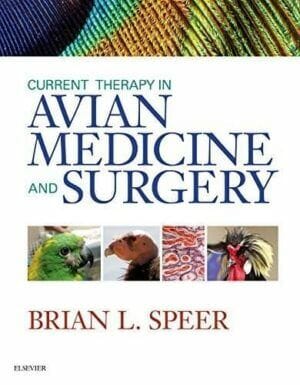

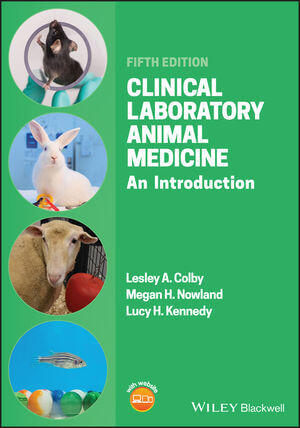
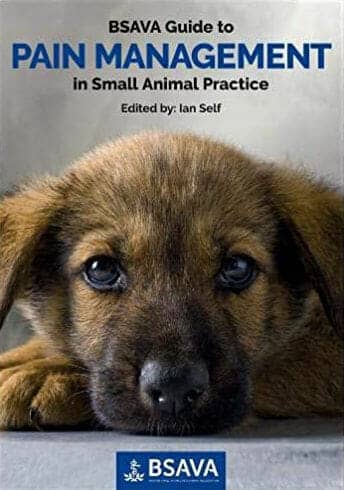
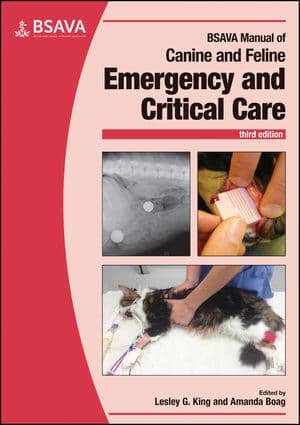
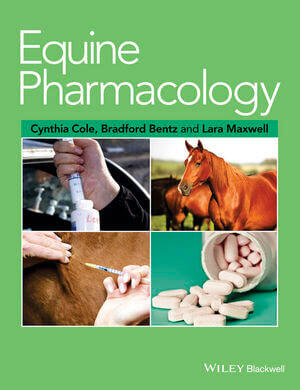
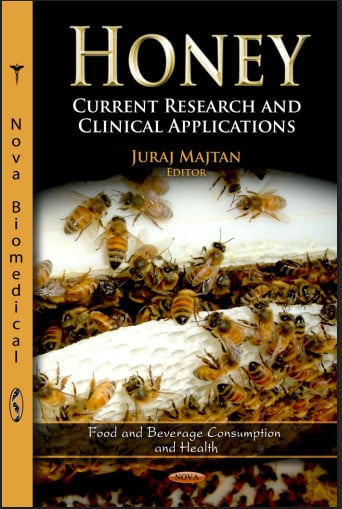
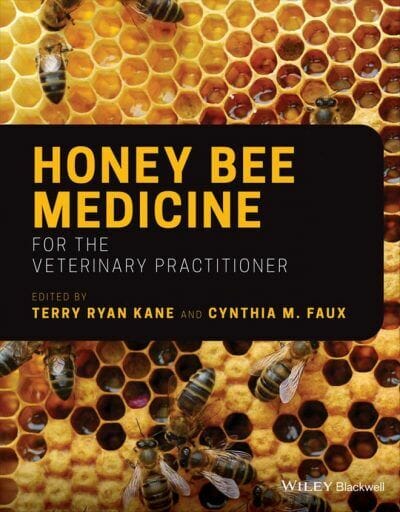


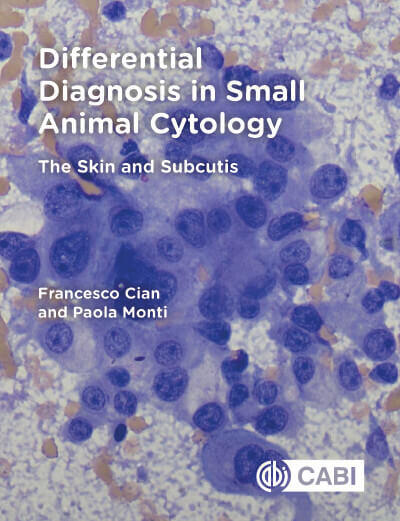






![Ettinger’s Textbook of Veterinary Internal Medicine 9th Edition [PDF+Videos] Ettinger’s Textbook of Veterinary Internal Medicine 9th Edition [True PDF+Videos]](https://www.vet-ebooks.com/wp-content/uploads/2024/10/ettingers-textbook-of-veterinary-internal-medicine-9th-edition-100x70.jpg)

![Textbook of Veterinary Diagnostic Radiology 8th Edition [PDF+Videos+Quizzes] Thrall’s Textbook of Veterinary Diagnostic Radiology, 8th edition PDF](https://www.vet-ebooks.com/wp-content/uploads/2019/09/textbook-of-veterinary-diagnostic-radiology-8th-edition-100x70.jpg)






